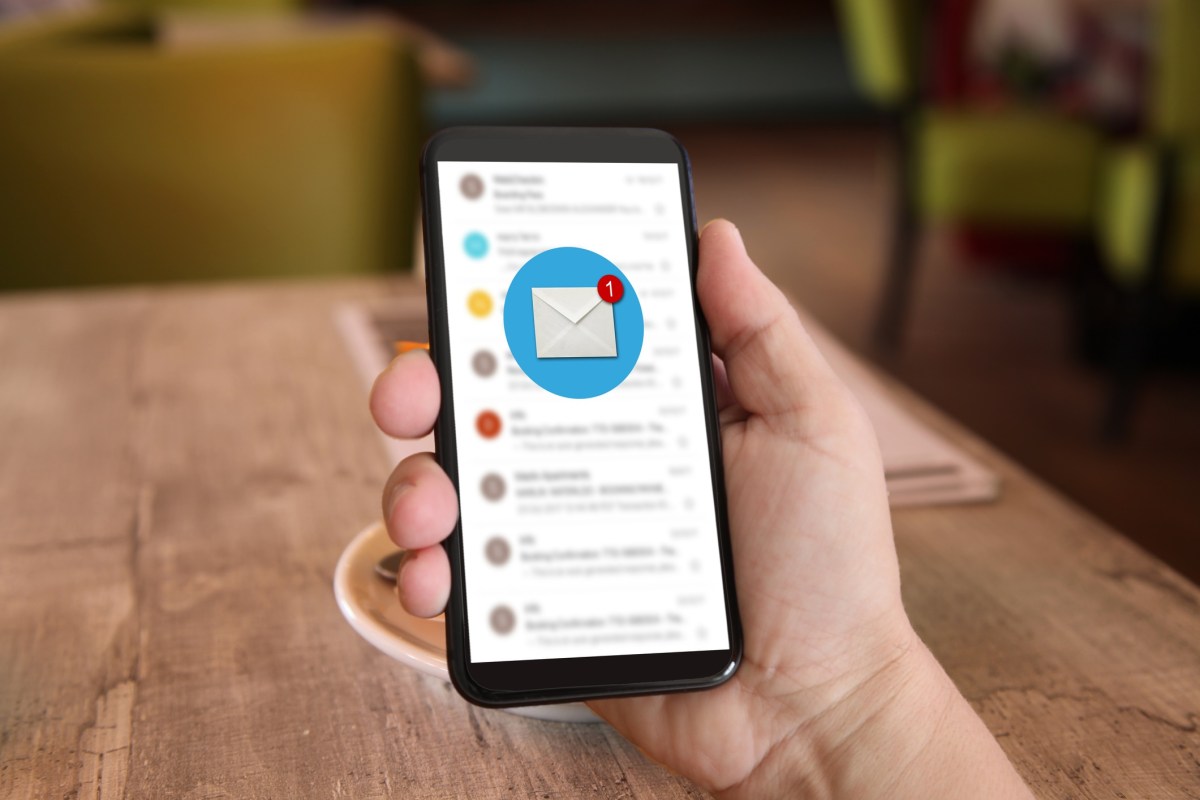Currently, the world is going through once in a life-time experience with a pandemic situation. The past few weeks have been tough, people are scared, confused and overwhelmed. Moreover, with growing concerns around operations, it’s important to revisit your business strategy and plans accordingly. Carefully evaluating the situation, understanding customer needs and ensuring that you continue to deliver positive customer experiences, is key.
At the same time, don’t be a toilet paper panic buyer. Keep your head, think ahead to the coming weeks and months as we all adjust to this unsettling situation. It’s equally important to build stronger customer relationships but also to come out on the other side with your sender reputation intact.
Here’s the general industry consensus for sending out COVID-19 related emails:
- Unless you’re communicating a decision that changes the ability of a recipient to interact with you in their usual way, don’t send it – If you’re not cancelling an event, closing premises, or restricting opening hours, you don’t need to send an email.
- Always think about the recipient – look at your own mailboxes. You want to know about event cancellations and how your food delivery service will cope with this crisis.
- Don’t clutter this information with repetitive emails about how successfully a business- contingency plan has kicked in or how much you wish your customers all the best. There are better places for these kind of messages, such as your website, social media, or when customers contact you on an individual basis.
- If in doubt, just don’t send it – If you’re on the fence about whether or not it’s a necessary email, or whether you’re striking the right tone, or if you’re unable to segment and target appropriately, then not sending the email is the best idea. Sending the wrong message to the wrong recipients will negatively affect your ability to reach the inbox in the future. It’s not worth risking your brand reputation or your delivery reputation on something you’re uncertain about.
Looking to the future
Having a well-defined strategy around who should receive emails regarding COVID-19 is important, and step one. With that out of the way, think about what should you be focusing on in the mid- to long-term when it comes to your emails? Here are some things to keep in mind as you are building a plan for the future.
From a delivery and deliverability perspective, mailbox providers like to see consistency
Consistency is key, if you’re choosing to scale back your email campaigns, remember that you’ll need to ramp back up again in the future when you return to normal volume. This is especially important for customers on dedicated IPs where ramping back up to larger daily sends can be challenging. Additionally, your customers like consistency so keeping to it will not only maintain your sending reputation with mailbox providers – it’ll also be of benefit to your recipients.
Engagement is always key for inbox placement
When recipients interact with your emails, they’re indicating their like or dislike of the message that’s been sent. The challenge is going to be making sure your content is still relevant to your recipients and that they are engaging positively.
The usual behavior of your contacts may change now that they’re more than likely at home while possibly simultaneously trying to take care of kids and vulnerable family and friends. Paying attention to your analytics and keeping track of how your subscriber base is interacting with you will be key to understanding this new way of life. You’ll be able to adapt your sending frequency and content to continue being a sender that your subscribers want to hear from.
Segmentation and targeting is now more important than ever
It’s a great time to expand your preference center if you haven’t already so that you can put the power back into the hands of your contacts. Let them tell you what their situation is like and how your brand can be useful to them by allowing them to adjust the frequency and content of the emails you’re sending them. The more timely and relevant your emails are, the more likely recipients are to engage, and the better inbox placement you’ll see.
List hygiene is really vital for sending reputation
We’re all super aware of our hand hygiene right now (BRB, off to sing happy birthday to myself for the 14th time today) but have you considered list hygiene? Now is as good a time as ever to weed out people from your lists who never engage with your brand.
Unread emails are a clear sign to mailbox providers that their users aren’t interested in your emails. Sending too many unopened messages will make it more likely for future mailings to end up in the junk folder for other recipients. Having a proper process in place to make sure your lists are quality will be vital to a success ongoing strategy.
Finally, pay attention to replies
Remember that email is a two-way communication channel. Your reply-to address should be an active mailbox that you monitor. You can use direct feedback to adjust your sending practices. Mailbox providers LOVE seeing replies to emails and take it as a really strong signal that your emails are wanted, so this has the added bonus of further improving your sending reputation.
Tanya Plaza is head of deliverability at dotdigital

